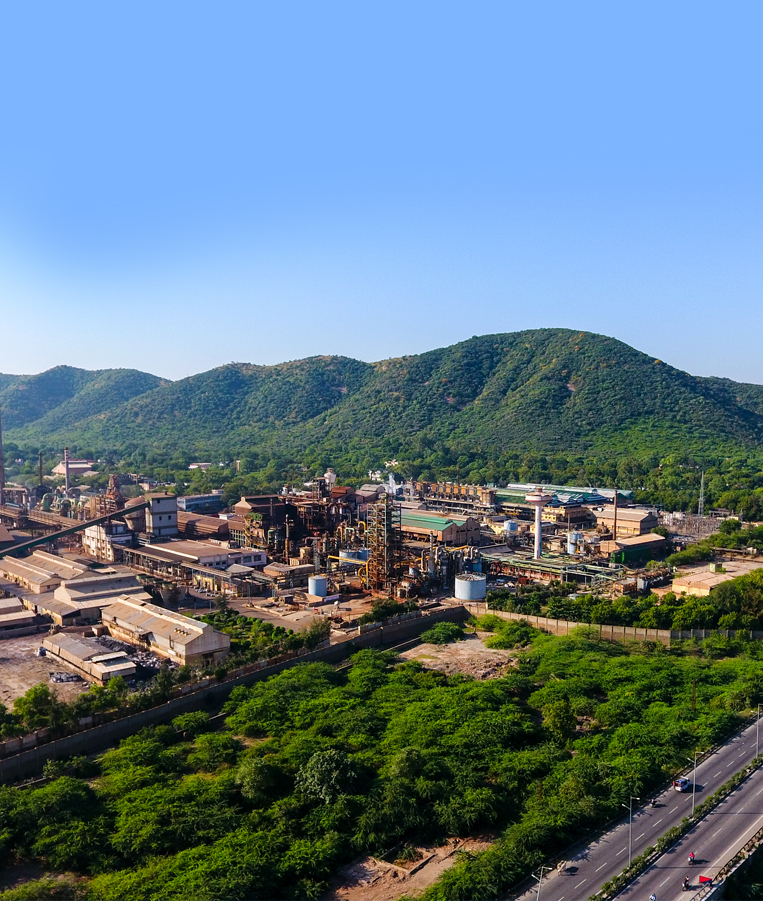
MENUMENU
- Home
- About HZL
- Business
- Sustainability
- CSR
- Investors
- Overview
- Key Financial Information
- Share Information
- Shareholders Center
- Shareholder Portal
- Familiarization Program
- Investor Contacts
- Scheme of Arrangement
- Reports & Press Releases
- Results Centre
- Disclosures under Regulation 46 and 62 of the SEBI (LODR)
- Subsidiaries-Audited Financial Statements
- Non-Convertible Debentures (NCDs)
- People
- Media
- Awards
- Gallery
- E-Annual Report
- Buy Now





